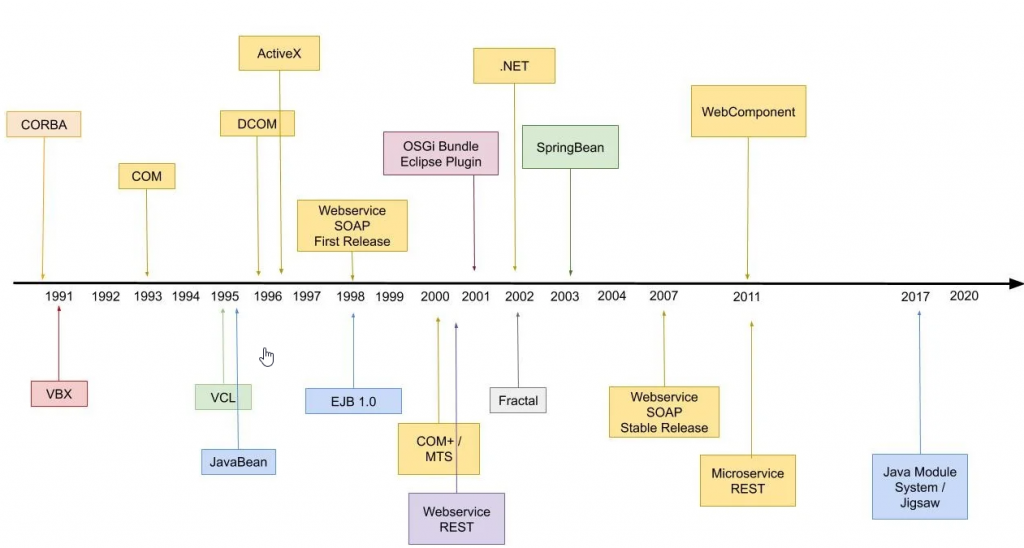https://www.heise.de/news/NoSQL-Microsoft-gibt-Quellcode-fuer-Extensible-Storage-Engine-frei-5044445.html
Extensible-Storage-Engine – A Non-SQL Database Engine
The Extensible Storage Engine (ESE) is one of those rare codebases having proven to have a more than 25 year serviceable lifetime. First shipping in Windows NT 3.51 and shortly thereafter in Exchange 4.0, and rewritten twice in the 90s, and heavily updated over the subsequent two decades after that, it remains a core Microsoft asset to this day.
The ESE is open source: https://github.com/microsoft/Extensible-Storage-Engine
Is this the JET database / engine?
No. Well … it depends … the question is not quite correct. Most people do not know that JET was an acronym for an API set, not a specific database format or engine. Just as there is no such thing as „the SQL engine“, as there are many implementations of the protocol, there is no „JET engine“ or „JET database“. It is in the acronym, „Joint Engine Technology“. And as such, there are two separate implementations of the JET API. This is the JET Blue engine implementation, see Notes in here. The origin of the colors have an an amusing source by the way. Most people think of the „JET engine“ as JET Red, that shipped under Microsoft Access. This is not that „JET engine“. We renamed to ESE to try to avoid this confusion, but it seems that the confusion continues to this day.https://github.com/microsoft/Extensible-Storage-Engine
JET Blue (ESE)
JET Red



